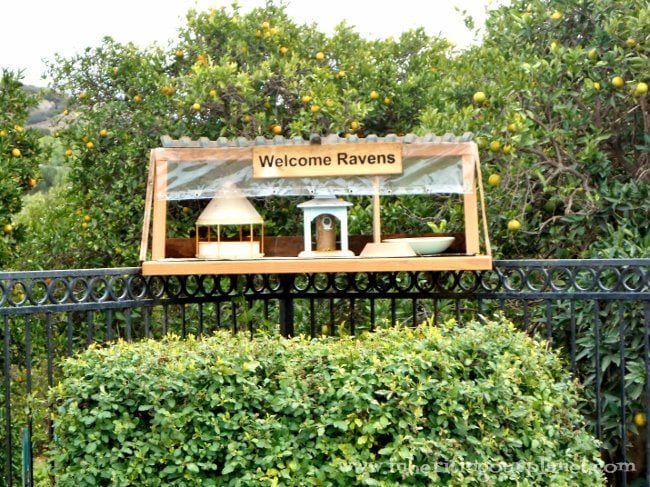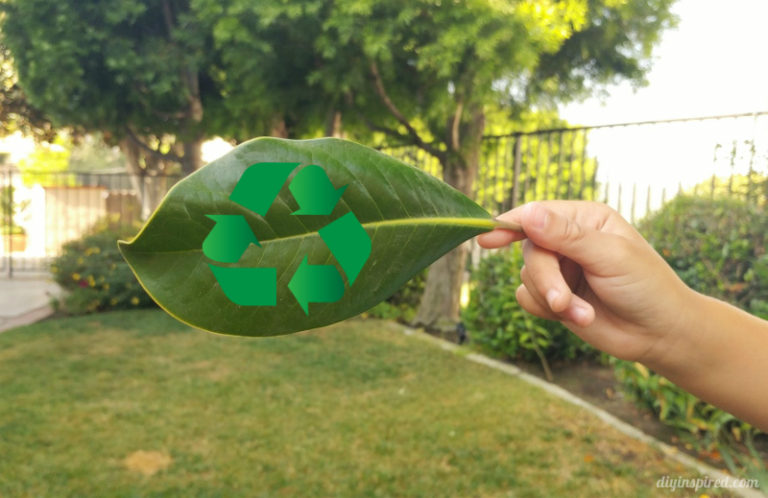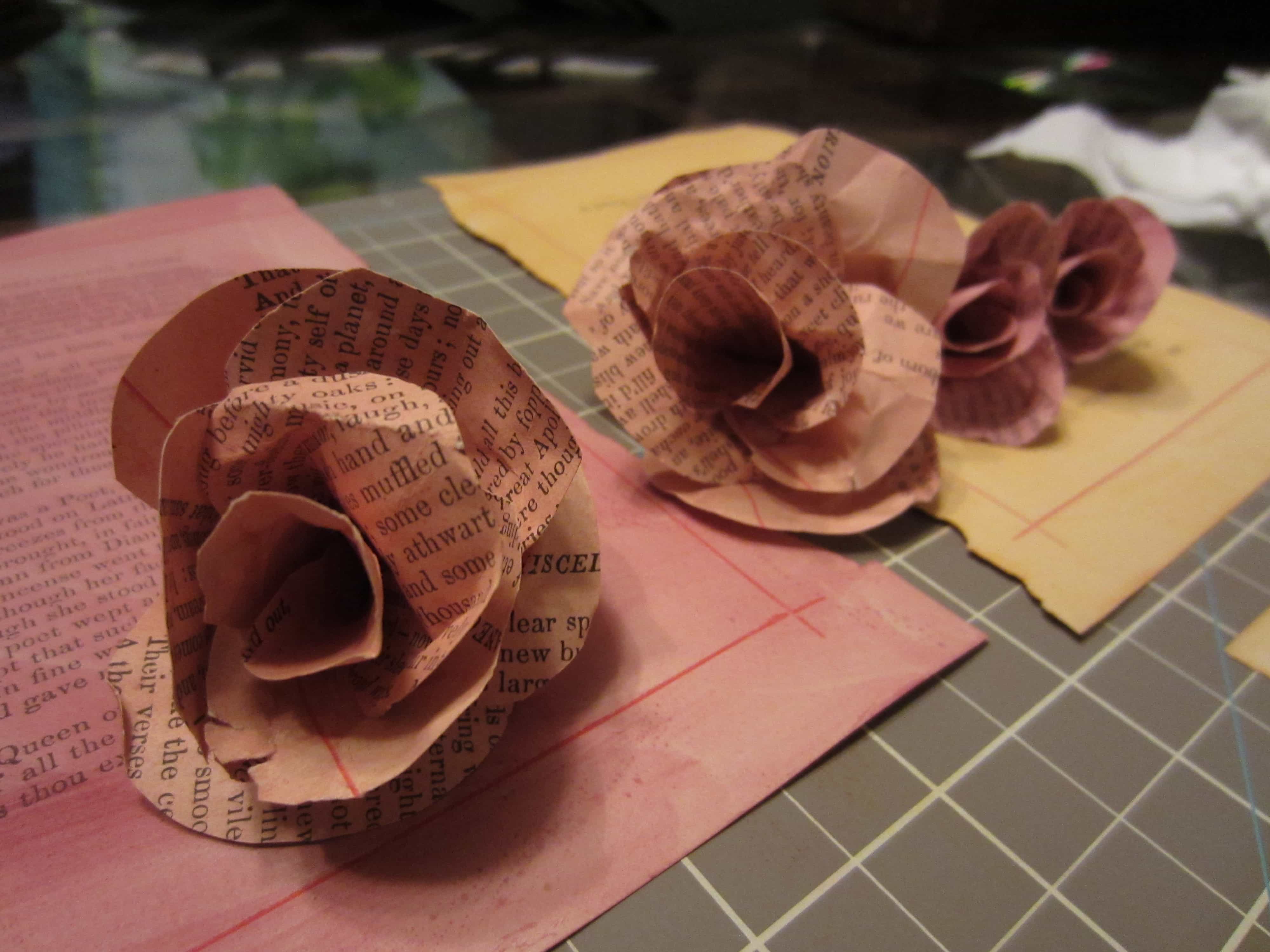Backyard Birds and the Ecosystem
BACKYARD BIRDS AND THE ECOSYSTEM
I just finished reading an article in Westways magazine (January, 2015) A Natural Selection. The author, Jeff Greenwald made a comment that resonated with me, “this planet is in a continual state of unfolding, from the drift of the continents to the progress of our lives.” He speaks to the establishment of a habitat in Galapagos National Park just off the Ecuadoran coast. His guide, Carlos noted that “every animal endemic to the Galapagos came on the wind, on or inside a bird, on a raft of floating vegetation, or on the ocean currents”. Once they come they must establish a habitat. “This means finding a a food source, and a feeding strategy that isn’t already claimed by one of the other creatures competing for the islands’ limited resources.” This reminded me of three articles I’ve written for The Racing Pigeon Digest addressing the ecosystem and how delicate it is for the birds and animals who live within those habitats. When man starts tampering with the balance of nature, trouble is sure to follow. The ecosystem is fragile. When the balance of nature is changed, by protecting one species over others, such as birds of prey, the balance is off and they must make adjustments as they struggle to adapt to the change.
ECOSYSTEMS AND KIDS
Ecosystems include all living things (organisms, plants, birds, animals) that live in a particular area. They interact with each other and with the climate, sun, soil and the weather. Turtlediary.com andeschooltoday.com are wonderful sites to visit if you want to teach about ecosystems. You can match the learning level to your child’s age from pre-K to grade 5. There are some great at-home projects for kids on these sites such as building their own ecosystem in a jar.
BIRDS OF PREY
When any change occurs within the ecosystem it affects the natural order of the system. Nature self-contains itself and exists to protect and grow itself. One such manmade intervention is the Migratory Bird Treaty Act. This act protects birds of prey – referred to as raptors. It allows these predators to grow in number, throwing off the balance of the ecosystem and the natural order of bird hierarchy.
Some common predators to our backyard birds are cats, raccoons, squirrels, snakes, and most commonly raptors. According to www.agway.com, the Cooper’s hawk and sharp-shinned hawk are the most common predators. Other common raptors that are protected are peregrine falcons, red-tailed hawks (known as chicken hawks), eagles and vultures. As someone who raises and races homing pigeons, I can tell you of first-hand experiences with hawks swooping down on our flock of pigeons looking for a meal. An interesting fact about the feathers on birds of prey; their feathers are close together so when they fly their feathers don’t make any noise giving them the ability to come upon their prey unnoticed.
SONG BIRDS DWINDLING
Our song birds and other small birds are being targeted in greater numbers each year by the increased number of the protected birds of prey. If birds are being attacked by predators, two things happen, they become lunch or they leave. Rather than man stepping in to protect one species of bird, the raptors, over another, it would seem they would realize the following, “if songbird numbers increase, the hawk numbers increase, and if songbird numbers go down, so do the hawk numbers; this very close and sensitive link between the hawks and their prey makes the hawks a monitor of the ecosystem” (www.rspb.org.uk). In other words, nature has its own built in order for feeding. As hawk numbers continue to increase at their current rate, the song bird numbers continue to decrease, this puts other birds such as the dove on the hawk’s radar as a primary food source.
BACKYARD BIRD DECLINE
The Franklin Institute explains the importance of habitats. “Within each ecosystem there are habitats. The habitat must supply the needs, such as supplying food, for its population. If the population’s needs are not met, it will move to a better habitat. Two different populations cannot occupy the same niche at the same time.” When the small native birds move out because of the increased numbers of prey, the hawks and other birds of prey will turn to doves, blue jays, pigeons, woodpeckers, and others for food. Each year we have seen an increase in the number of hawk with a decreasing number of small birds, doves and pigeons. When’s the last time you saw a blue jay or a red robin?
RAVENS TO THE RESCUE
Ravens and crows are not the same. Ravens are larger than a crow and live longer. Crows live around 8 years while ravens live around 30 years. Ravens feathers are shiny with a tint of purple. They have a curved beak unlike the crow that has a short flat beak. Crows live in groups in urban areas and like to congregate on electric lines. Ravens like solitude and privacy and live in wooded areas, the hills and rural areas. Being in the country we have ravens. Ravens can imitate the sounds of other birds and do not have that harsh “caw-caw” sound of crows. One thing they have in common is that both can be used as a deterrent to hawks.
If you have a backyard bird feeder, hawks do not come to your feeder to eat seeds, they come to eat the birds that eat the seeds. By attracting ravens or crows to the feeder, they will not allow hawks to hunt there, and therefore, will offer protection to the smaller birds eating at the feeder. To attract crows/ravens to your feeder don’t buy conventional bird seed. It’s full of filler seeds anyway that really don’t help the birds nutritionally. Rather, purchase pigeon feed
. It’s around the same price and includes larger seeds such as sunflower and corn. The small birds will eat the smaller seeds; the crow/ravens will eat the larger seeds.
Placing and maintaining a backyard feeder, you are becoming part of the backyard birds’ habitat and they will start nesting in and around your property. Likewise the crows/ravens will start to build nests in closer proximity. Also include a fresh container of water for the birds and make sure it is clean and filled for your birds.
OUR EXPERIMENT WITH A RAVEN FEEDER
Wanting to attract ravens to our property to protect our birds from the hawks in the area, we built a raven feeder. Over a span of three years, more and more ravens have made our orange grove their home. We have been consistent, making sure there is always feed and always clean water for the birds. The incidents of the hawks attacking our pigeons are few and far between. Our feeder platform is 41/2 feet across, 2 ½ feet deep and 18 inches high. The roof is slanted from front to back to allow for rain run-off. The roof overhangs the front feeding area, which along with plastic added to the front, helps keep the feed dry. The entire platform is covered with roofing material to keep the wood from rotting. The wooden sign “Welcome Ravens” is for our benefit! Even though we think ravens are extremely intelligent, I doubt they are capable of reading!
WHAT A RAVEN FEEDER TEACHES
Feeding the ravens and learning about them, has been educational and provides for many interesting conversations with friends. Instead of viewing crows and ravens as nuisances, we need to become aware they are part of the ecosystem. With crows, ravens, songbirds and pigeons on one side of the scale, and falcons, hawks and other birds of prey on the other side of the scale, the balance can return. Birds of prey are protected, and now we have a way to provide some protection for the other birds. Think about putting a feeder in your backyard to teach your little ones about ecosystems and habitats. It is fun, enjoyable and educational. Providing the feeder is a small way we can give back to our feathered friends.







